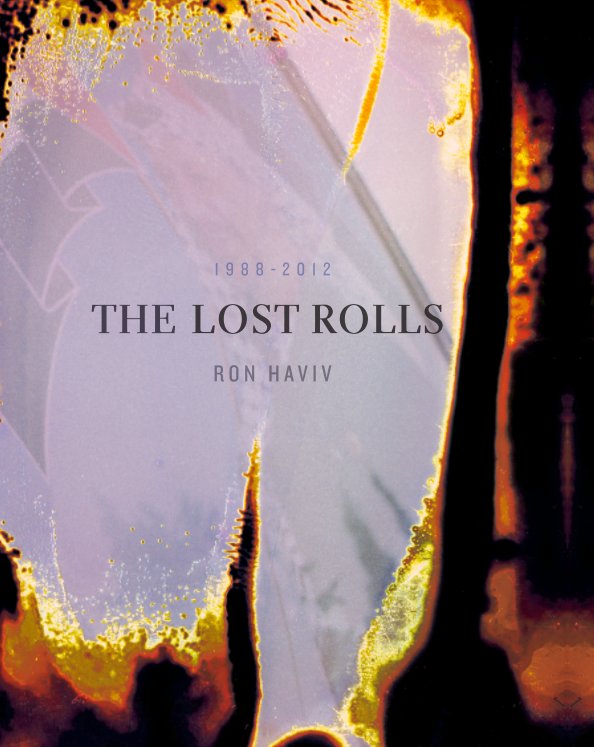Acerca del libro
Photojournalist Ron Haviv found over 200 rolls of undeveloped film in 2015—material spanning twenty years, and as many countries. When he had them developed and scanned, he encountered famous faces, close friends, and places of conflict—the stuff of his trade.
Images of Northern Ireland riots, gangs in El Salvador, war in Kosovo, China, refugees, Bill Clinton, Al Gore, and a wild mix of lost memories that forced the photographer to sit quietly while doing mental detective work to try to recover the context for these frames.
The film wasn’t perfect. In fact, the film was massively flawed. But it was beautiful. A blend of mold, pooling dye, time and fog, the film had transformed into one-of-a-kind analog artwork, representing some of the most important news stories in recent history.
The Lost Rolls is edited by Robert Peacock with essays by W.M. Hunt, Dr. Lauren Walsh and Ron Haviv.
The Lost Rolls comes alive in both this hardcover book as well as a softcover magazine publication, each offering a unique edit aimed at complimenting their specific format.
Características y detalles
- Categoría principal: Libros de arte y fotografía
-
Características: Vertical estándar, 20×25 cm
N.º de páginas: 124 - Fecha de publicación: oct. 22, 2015
- Idioma English
- Palabras clave film, lost rolls, analog, photojournalism, print
Acerca del creador
Ron Haviv is an Emmy nominated and award-winning photojournalist and co- founder of the photo agency VII, dedicated to documenting conflict and raising about human rights issues around the globe. His first photography book, Blood and Honey: A Balkan War Journal, was called “One of the best non-fiction books of the year,” by The Los Angeles Times and “A chilling but vastly important record of a people’s suffering,” by Newsweek. His two other monographs are Afghanistan: The Road to Kabul and Haiti: 12 January 2010. Haviv has produced an unflinching record of the injustices of war and his photography has had singular impact. His work in the Balkans, which spanned over a decade of conflict, was used as evidence to indict and convict war criminals at the international tribunal in The Hague. President George H.W. Bush cited Haviv’s chilling photographs documenting paramilitary violence in Panama as one of the reasons for the 1989 American intervention.


